
- Share this page
Share this page
- EN
Select Language
- FAVORITES
- Search
Detailed search: You can do a detailed search by keyword, genre, time, area and tag.
Main content starts here.
- Visit Tokyo |
- EXPERIENCES |
- Getting Around |
- Customs & Manners
Updated: September 2, 2025
Customs & Manners
Familiarize yourself with local customs and manners for a more fulfilling travel experience.
Hot springs and public baths
Bathing in sento public baths and onsen hot springs is an integral part of the Japanese lifestyle and you should definitely take the opportunity to take a dip in real Japanese culture. Unless stated otherwise, swimsuits are not allowed when bathing publicly. And for deep cultural reasons, some facilities refuse entry for people with tattoos. Drinking alcohol before soaking may lead to physical sickness so it should be avoided.
Being aware of bathing fundamentals will help you avoid any awkward misunderstandings and enable you a smooth and stress-free bathing experience.
Take a shower before entering the bath—everyone has to use the same water after all. And don't jump straight in. Ease into the bath tub slowly. Lastly, tie-up long hair and keep towels out of the water.
For details, see “TOKYO SENTO -public bath” for more information about public baths in Tokyo.
Moreover, the WELCOME! SENTO Campaign site introduces ways to enjoy public baths and proper manners. Please visit this website as well.
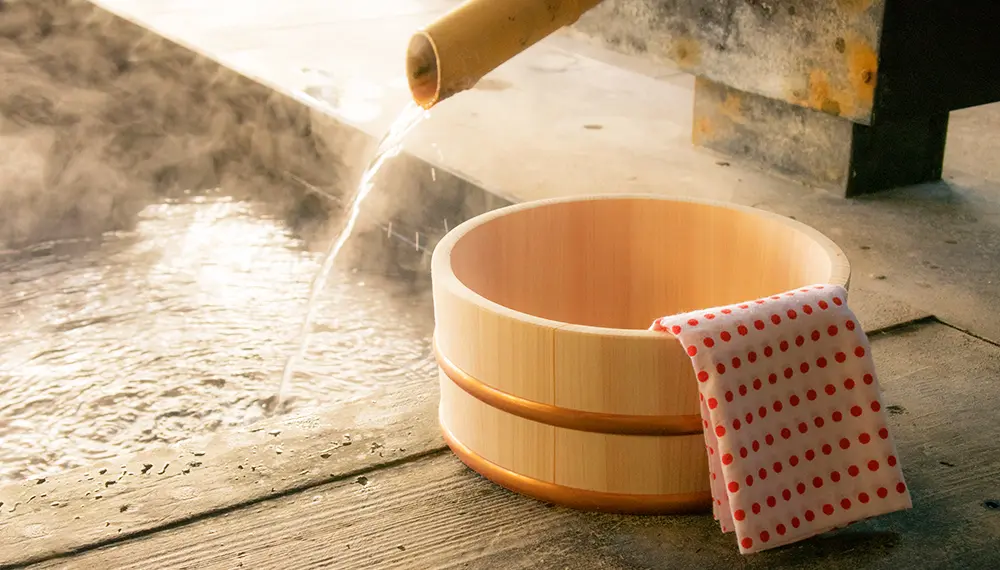
Shinto shrines and Buddhist temples
While rules are relatively relaxed when worshipping at shrines and temples, take note of the following etiquette pointers to embrace the full cultural experience.
At the shrine, the center of the sando pathway leading up to the shrine is technically reserved for the enshrined deity, so make a point to walk on either side of it. Bow once before passing through a torii gate. After rinsing your hands and mouth with the purifying water near the entrance to the main compound, make your way to the main hall. Bow lightly, place a small monetary offering in the box, ring the bells (if the shrine has bells), bow twice, clap twice, and bow once more to complete the ritual.
After entering through the main gate of the temple, bow toward the hondo main hall where the deity is enshrined. If a water basin is there, rinse your hands and mouth with the purifying water. Climb the steps, place your hands together and pray silently. Note that you shouldn't clap at a temple―this rite is reserved for Shinto shrines. Place a small monetary offering in the box and bow lightly before leaving. Bow toward the hondo main hall once again before exiting the main gate and leaving the compound.
Note: Do not make direct contact between the purifying water ladle and your lips.
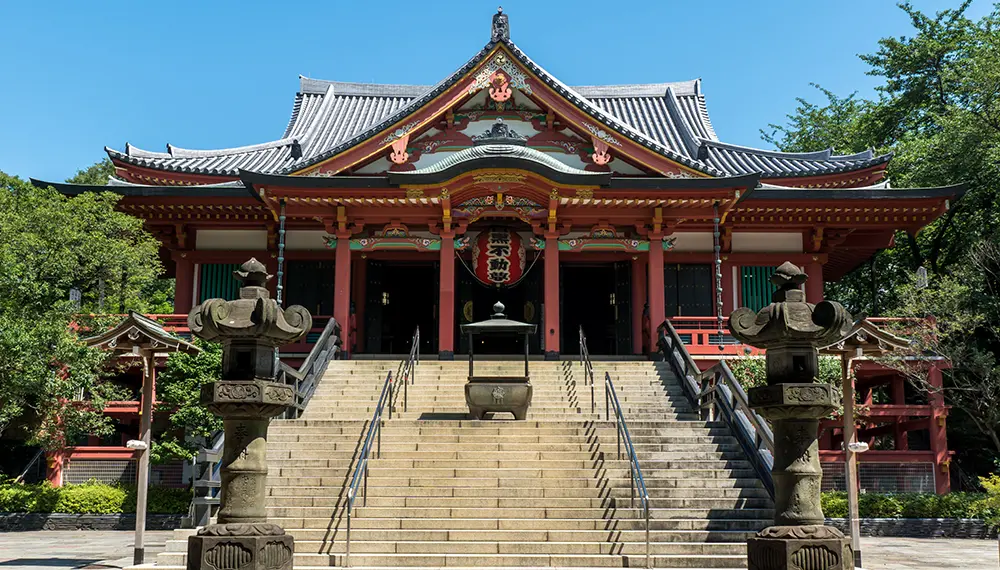
Smoking
Both national and local authorities have been strengthening measures against secondhand smoke. In principle, smoking is prohibited at dining, shopping and accommodation facilities. However, smoking and the use of heated tobacco products is still allowed in designated smoking areas (if any).
Smoking on the streets, in parks, and in other outdoor areas is restricted in most areas of Tokyo.
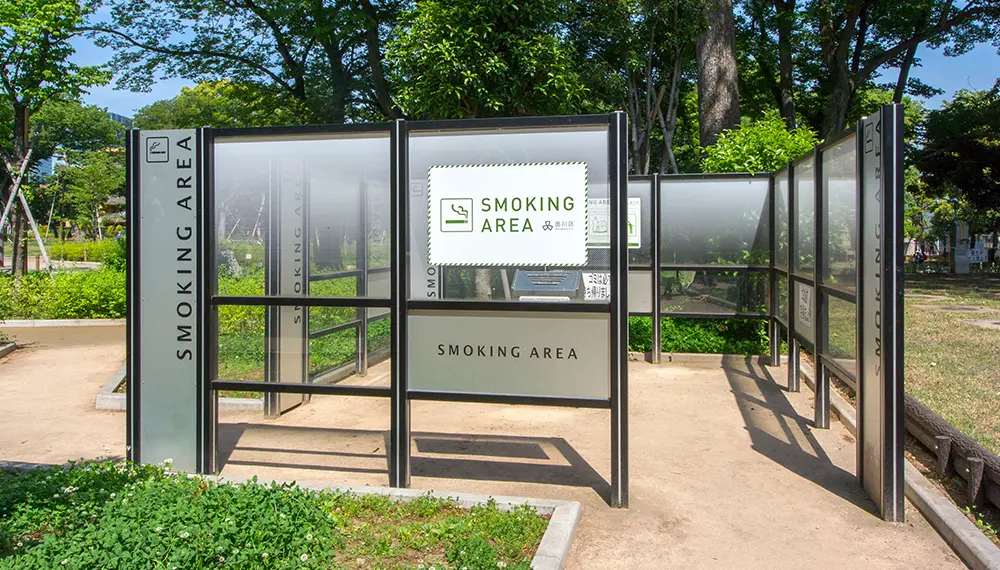
On the train
Tokyo's stations are immaculately organized in a way that matches its peerless train system. The entrance to each door of each train carriage is marked out on the platform, so wait in line in one of the designated waiting zones. For your own safety, keep behind the yellow line.
Tokyo's trains can get very busy, so if you are carrying luggage or backpacks, try to keep them out of other people's way, as much as possible. Expect some pushing and shoving when getting on and off the crowded trains, but bear in mind that this is not aggressive behavior, just the product of daily life in a metropolis.
Priority seats, courtesy seats or wheelchair/stroller-designated spaces on buses and trains are designated for passengers who are elderly, have a disability, illness, or injury, are pregnant, or are traveling with infants.
Japan Railway (JR) and private railway lines generally have women-only cars. These carriages are also open to children of elementary school age or younger, as well as people who are physically challenged and their caregivers, even if they are not women. On most train lines, they are usually either the first or last car during the morning and evening rush hour, although the schedule and location may vary by company and line.
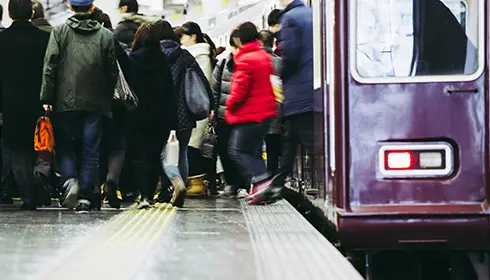
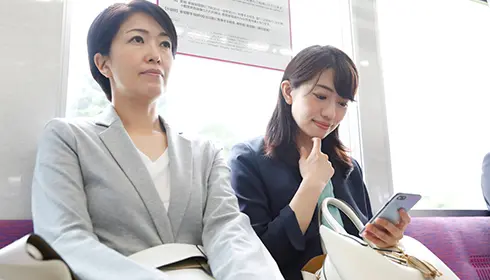
Bicycles
Bicycle rental is a fun and interesting way to explore the city, and the number of rental options is growing. To make your ride safe and enjoyable, know the basics: keep to the left side of the road and be careful of suddenly stopping taxis and bicyclists who don't share the same road awareness as you.
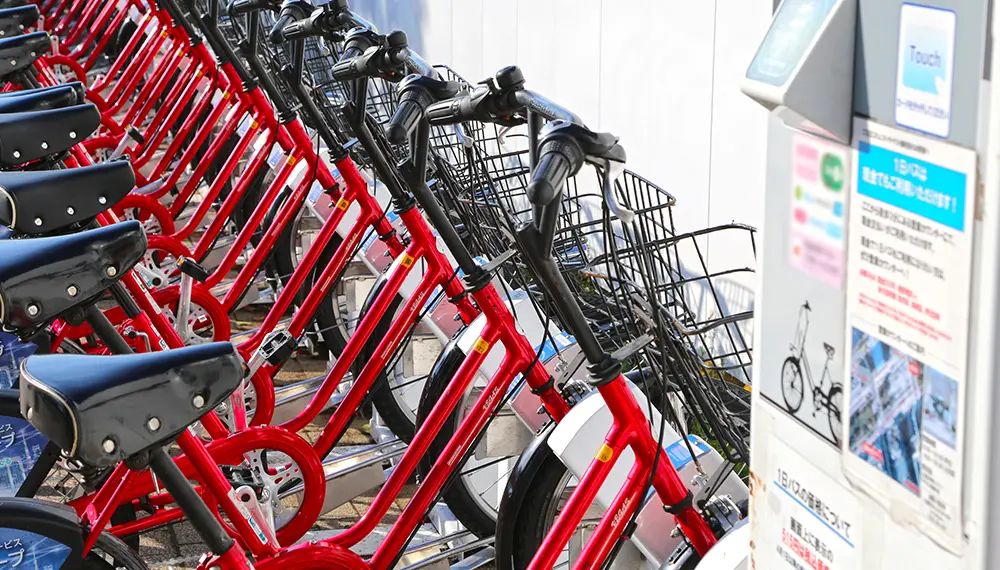
On mobile phones
When using your mobile phone, use the same common sense and social awareness that you would use at home or traveling anywhere else in the world. Avoid speaking on the phone on public transportation, and be aware of what's going on around you when walking through the city. Turn any mobile devices off when you are near the priority seats on the train.

